
The Card
The Fury X will be available in its reference form only for now. This is not necessarily a bad thing, as the construction is very high quality and much improved over the R9 290X. It has an all-metal construction that uses a multi-piece aluminium die case, with high-gloss black nickel-plated sections and larger, soft-touch aluminium panels. The large front plate is removable via four hex screws, which AMD says will allows modders and designers to 3D print or CNC customised designs (even if they would be practically invisible in a standard tower case). The PCB is approximately 195mm long, and protected by another soft-touch backplate.There's a red Radeon logo along the top and on the front plate, with the top one also being lit up by red LEDs. There's also an LED indication system above the power inputs. One of the LEDs turns green when the GPU is in ZeroCore mode. The other eight light up to indicate the current load level (i.e. one when idle, eight when gaming). They can be configured to light up red or blue with the dual dip-switch on the back of the card.
Outputs include a trio of DisplayPort 1.2 connectors (all FreeSync compatible) and HDMI 1.4a – there's no more DVI support. The card can run up to six displays in EyeFinity using a DisplayPort 1.2 MST Hub. However, the use of HDMI 1.4a instead of HDMI 2.0 (as on the GTX 980 Ti) is a poor choice in our opinion, as it makes 4K living room gaming problematic. Most desktop monitors achieve 4K 60Hz with DisplayPort 1.2, so that's fine, but the standard on the vast majority of 4K TVs is HDMI 2.0 – HDMI 1.4a lacks enough bandwidth. This is especially bewildering considering the announcement of the Project Quantum PC, which is admittedly still a concept only but was advertised as a small-form-factor PC designed to facilitate 4K living-room gaming.
While the Fury X is said to have a typical board power of 275W, the dual 8-pin PCI-E connectors mean it supports up to 375W through the PCI-E specification. The GPU is fed by a 6-phase power design capable of delivering up to 400A of current, and this is controlled by the latest SVI2 voltage regulators which have full telemetry read back functionality. This is all said to help with overclocking by removing the electrical limitations that might otherwise lower the maximum achievable overclock. A dual BIOS switch along the top means you can have two stored overclock profiles.
The 400mm long tubing has high quality braiding applied and is nice and flexible too, and the fan cable comes neatly cable-tied to one of the tubes as well. The cooling solution involves a single 120mm radiator, giving it maximum case compatibility, and a single Nidec fan that comes pre-installed but is easily removable and replaceable should it ever break.
Removing the aluminium cover reveals Cooler Master to be the OEM of the cooler. With the R9 Fury X disassembled fully, we see that the pump unit makes contact with the GPU and HBM stacks via a copper baseplate.
The tubing also passes directly though a copper heat pipe that's soldered to a large metal contact plate that, via thermal pads, draws heat away from the MOSFETs. The heat pipe is soldered to the plate directly above the six GPU power phases, which is logical as this will be the hottest part, but the plate also covers the two memory power phases (it's a 6+2 phase design). This means that all critical components (GPU, DRAM, VRMs) are directly cooled, meaning there's no need for a fan on the card itself as there is with the R9 295X2. The cooling solution is said to be capable of taming up to 500W, despite the claimed 275W typical board power. This has two functions; removing the thermal limitations to overclocking and giving the card headroom for the fan to run quietly.
Disassembling the Fury X also reveals that AMD is using plenty of thermal interface material. It looks excessive, but is done to fill in the gaps between the four HBM stacks (you can see their outline through the thermal gunk), which we were told sit at a slightly different height to the GPU. Ideally, we would prefer to see a metal heatspreader soldered to these components, but AMD is confident in the cooling it's able to achieve. It claims the Fury X runs at 50°C or less in typical gaming workloads with less than 32 dB(A) of noise output.
With that, let's take a look at how the card performs. Be sure to check out the details of our brand new, X99-based test system over the page first though!

MSI MPG Velox 100R Chassis Review
October 14 2021 | 15:04


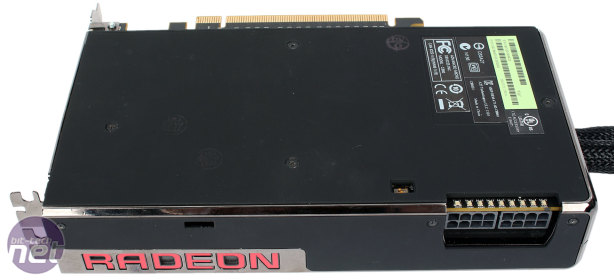
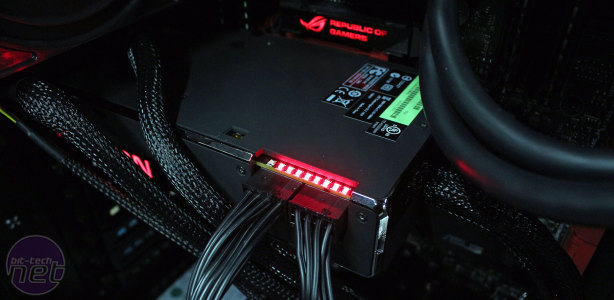
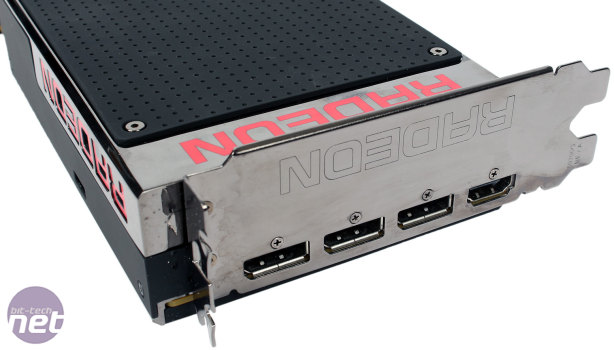
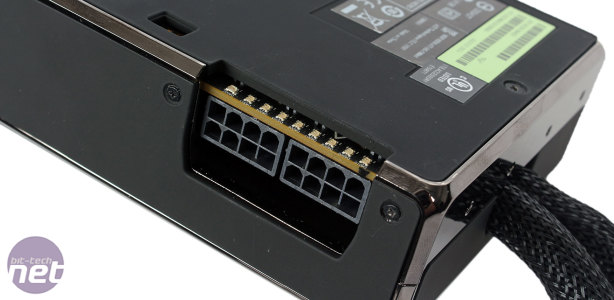


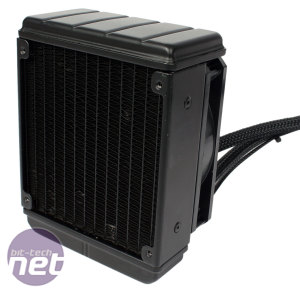
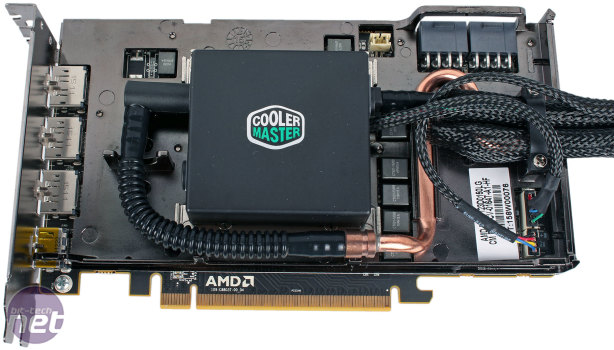

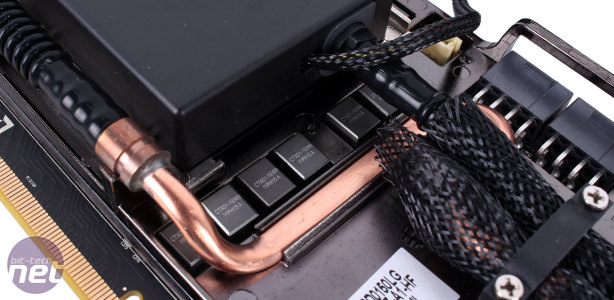

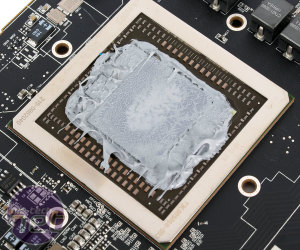
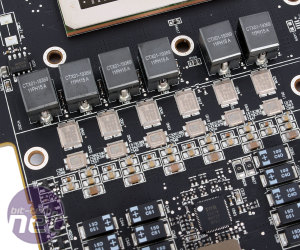
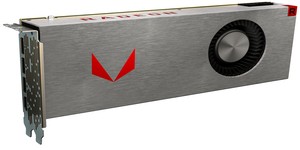






Want to comment? Please log in.